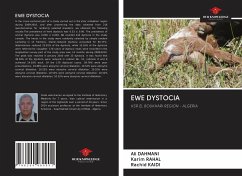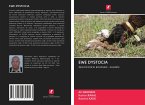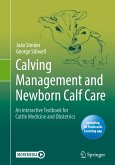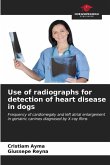In the cross-sectional part of a study carried out in the Ksar el-Bukhari region during 2009-2010, and after processing the data collected from 216 questionnaires for randomly selected breeders, we obtained the following results:The prevalence of herd dystocia was 0.53 ± 0.06. The prevalence of animal dystocia was 0.026 ± 0.003. We counted 244 dystocia in the study sample. The herds in the study were randomly selected by simple random sampling in 13 fractions. Owner-reduced dystocia accounted for 60.17%. Veterinarians reduced 25.81% of the dystocia, while 15.16% of the dystocia were referred for slaughter. 170 cases of dystocic ewes were recorded in the longitudinal survey part of the study area over 14 months during 2009/2010. The peak was reached in January 2010 with 23 dystocia. It was found that 38.59% of the dystocia were reduced in cabinet No. 10, cabinets 8 and 9 achieved 14.03% each. Of the 170 dystocial cases, 39.76% were poor presentations, 19.88% were atony/no cervical dilatation, 10.52% were atony/no cervical dilatation, 10.52% were atony/no cervical dilatation, 10.52% were atony/no cervical dilatation, 10.52% were atony/no cervical dilatation, 10.52% were atony/no cervical dilatation, 10.52% were atony/no cervical dilatation.
Hinweis: Dieser Artikel kann nur an eine deutsche Lieferadresse ausgeliefert werden.
Hinweis: Dieser Artikel kann nur an eine deutsche Lieferadresse ausgeliefert werden.








